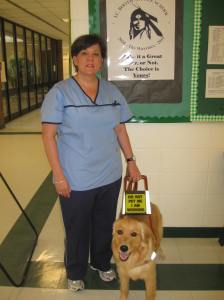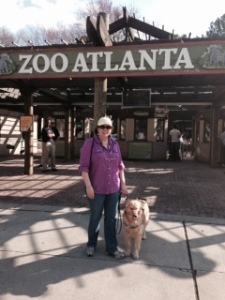Do you remember the sheer delight of planting a bean in a handful of dirt in a Styrofoam cup and watching it grow as a child? There is nothing quite as wonder-filled as a seed. The variety of color, shape, fragrance and flavor contained within that tiny package is a miracle. It is spring now and miracles await to delight, inspire, feed and calm the soul.
“In every gardener there is a child who believes in The Seed Fairy.” ~Robert Brault
I remember the first time I planted my own vegetable garden. Enthralled with the simplicity of the seeds, I lavished them upon the tilled ground with great enthusiasm. Imagine my excitement as they burst forth in varying shades of green, tender shoots. Honestly, I was astonished and thrilled at the power I discovered in my own hands to cultivate. And I was humbled by the earth’s desire to give me such beautiful and useful gifts. Daily, I would “walk the plantation” and assess the new growth in my garden. As the summer wore on, I was blessed by more tomatoes and beets than anyone in my family wanted to eat and a mammoth pumpkin vine that threatened to swallow the house. Soon, I realized I needed to learn how to preserve the generous bounty of my over-ambitious garden. At harvest, the kitchen was abuzz with the activities of canning and freezing the colorful, fresh vegetables. And I was hooked on the yearly ritual of placing the diminutive, surprise parcels into a bit of dirt and waiting for the anticipated joy of new life.
“Gardening is cheaper than therapy and you get tomatoes.” ~Author Unknown
It is well-accepted that gardening has a therapeutic effect on humans. Many an author and poet have extolled the benefits and special powers that plants have on us. There is even such a thing as horticulture therapy, which is used to rehabilitate people. There is something very calming and soothing about the process of playing in the dirt in the warm sun and nurturing plants to grow. Throughout my life, I have dabbled in all kinds of gardening. It seemed that I was always happiest when I was planting, growing, and caring for plants. When I lived in a rural setting, it was a large vegetable garden. Then, I studied perennials and herbs and planted them for their different uses. I even had an indoor garden of over 20 African violets for years. I used to say to my kids “Look, the violets are all blooming! That means momma is happy!”
“At the heart of gardening is a belief in the miraculous.” ~Mirabel Osler
Over the years, due to my vision loss, I have scaled back my gardening. But I always have something growing to remind me of the miracle of life. Now, I have a small herb garden in an antique bathtub on my patio. I maintain large pots of annuals that spread their cheer in spring and summer. I love to plant sunflowers for their big, bold blooms and seeds to feed the birds. At Christmas, I like planting an amaryllis bulb in a pot. My children used to measure the daily growth and marvel. Indoors, I keep several easy-to-grow plants that add color and oxygen to the sunroom. I will never be without my plants. They are such simple pleasures.
“Plants give us oxygen for the lungs and for the soul,” ~Linda Solegato
So, if you are in need of a little joy, pleasure, sunshine, surprise, inspiration, or stress-relief, consider plant therapy. Start small. Start with a seed and a Styrofoam cup. A world of wonder awaits you.
*Here is an idea I came upon for a simple way to make an edible, low-cost, low-maintenance, container garden of salad greens and herbs. (Facebook/ North Texas Vegetable Gardeners/Fun Facts and Tips for Everyone):
1. Buy a large bag of potting soil like Miracle Grow (2 cubic feet)
2. Gently break up the soil in the sealed bag. Poke lots of holes for drainage on the back of the bag. Place it label side up on a smooth surface where it can drain, such as a raised rack or table.
3. Cut out the front of the bag, leaving a 4 inch border all around to hold in the dirt. Fluff and rake the soil evenly.
4. Mix salad greens seeds such as lettuce and arugula in an old spice bottle with cornmeal. Sprinkle evenly over the soil. (cornmeal helps you to see that the seeds are distributed evenly) Cover seeds with a dusting of dirt.
5. Plant spinach, radishes, or herb seeds in rows at the recommended depth on seed package.
6. Spray mist the seeds and young plants until well established. Water more vigorously when the plants are mature. Keep the soil moist, but not wet.
7. Harvest the leaves by cutting what you need with scissors. The plants will continue to produce new leaves. Enjoy your “greens”!






